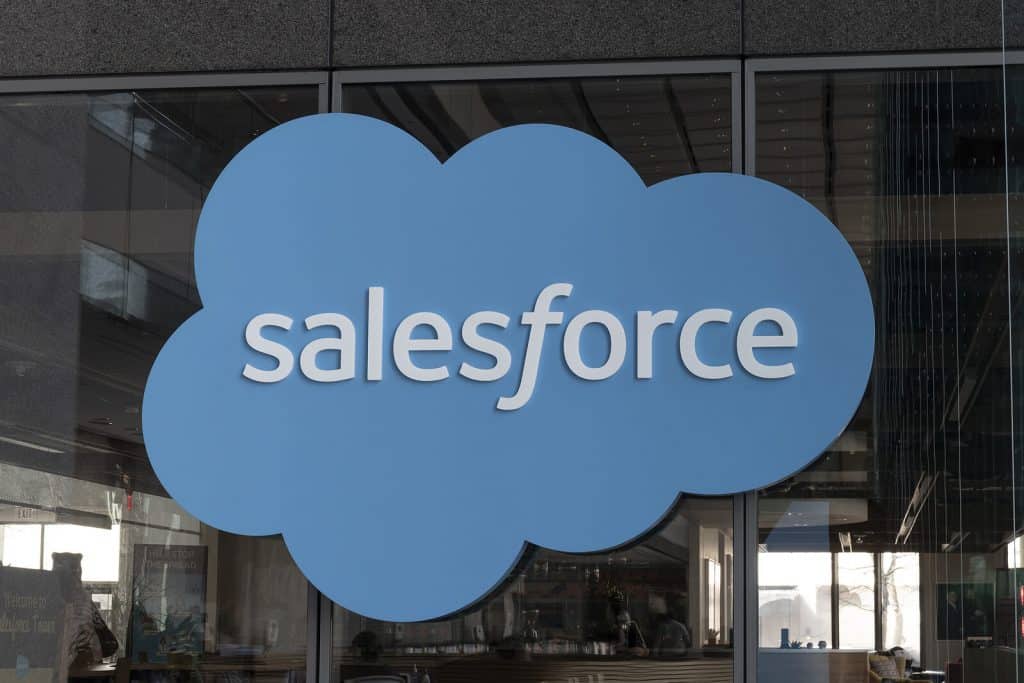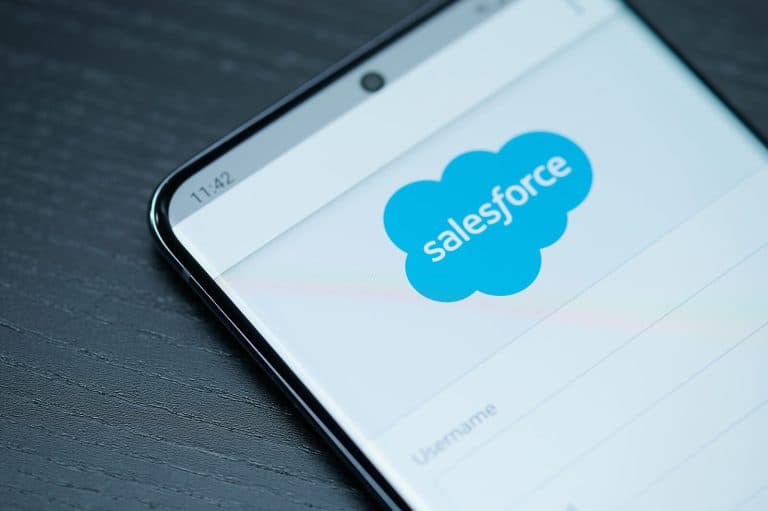What Is Headless Salesforce Commerce and is it right for your business? We discuss this in this article. Read on!
Table of Contents
ToggleAs tech companies and brands collaborate to battle the unified software dragons and separate heads from bodies, the eCommerce landscape is starting to resemble a battleground.
As companies strive to offer streamlined, more focused consumer experiences, using APIs to separate the front-end from the back-end of an eCommerce business is becoming more prevalent. (In other places, we have covered the advantages and disadvantages of headless eCommerce and provided a road map for choosing whether to take it or leave it.)
Isn’t it strange how online consumers rush to a brand’s website, browse its virtual aisles, and then click buy? If everything just occurred that way, it would be. There are many ways to live in a world where technology and digital innovation are exploding.
The average consumer actually uses 9 touchpoints to find, browse, and buy goods and services. These touchpoints include social media, messaging services like Facebook Messenger and WhatsApp, and live-stream shopping.
Brands and retailers must be on the ball to not just embrace as many touchpoints and channels as possible but also create a consistent and seamless experience – regardless of where a customer may come in connection with a brand. Add to this the increasing use of mobile for eCommerce that is Salesforce Commerce Cloud development.
One indicator of the expansion of eCommerce touchpoints is the 104% annual rise in social commerce.
What Is Headless Salesforce Commerce?
Online shopping was conceived as a result of monopolistic trade. It offered a comprehensive solution for organizing and publishing material online and selling goods.
The front end and back end of monolithic commerce platforms are interconnected, and this implies that altering the front end necessitates altering the back end. As a result, making changes is challenging, everything needs developers, and IT expenditures are considerable.
The separation of the front end and the back end is known as headless commerce. The front end, or what customers see and interact with, is separated from the back end, or the key operational components of your company, such as fulfilment and checkout. As a result, modifications to the front end are unrestricted for your Salesforce Commerce development.
Importance Of Going Headless
One of the more recent approaches to delivering a seamless experience across platforms and touchpoints is headless commerce.
Using APIs to anchor the whole omnichannel journey to a single experience, whether it be social media platforms, outside touchpoints, or curbside pickup apps, is known as going headless. This is what going headless with Salesforce Commerce Cloud done in an effort to achieve seamless shopping experiences.
Today, a lot of customers are starting to move away from more traditional retail venues, as well as more “traditional” digital outlets like Facebook and brand websites. Instead, they are turning to TikTok, live streaming commerce, and purchasing gaming consoles like the Playstation and Xbox. And as a result, APIs are now under the spotlight.
Let’s quickly explain headless commerce, in case you’ve been keeping your own head in the sand for a while: it’s the division of an eCommerce application’s front-end presentation layer from its back-end functionality. With the ultimate goal of improving the user experience for both consumers and employees, this style of architecture gives businesses—typically the bigger brands with a larger dev team—the freedom to leverage APIs to develop and shape as they see appropriate.
The fact that the headless symbolizes more than just a tech solution or a tool for developers may cause the buzz surrounding it. As Headless enables teams to maintain agility so they may connect commerce capabilities to their work, it constitutes an organizational transformation.
Of course, not everyone will enjoy it. And that was the subject of an earlier piece. However, consider these procedures if you are considering swinging at the neck with the axe.
What Are The Use cases For Headless Salesforce Commerce?
Here is a brief list of use cases for headless Salesforce Commerce Cloud;
enabling faster site loading times
- Integrate top-tier systems like ERP and CRM.
- Developer dependencies must be removed
- Create experiences that are mobile-first.
- Using a single code base to manage everything will simplify international trade.
- faster time to market since content and technology are separated
- More control over how customers are treated
- With innovation, you can use almost any screen as a digital storefront, from wearables to websites.
Is Going Headless Right For Your It Businesses?
Working agile, streamlining, and launching rapidly, using consumer feedback and incorporating it into new versions may be a cultural shock for brands with more traditional processes who are used to the meticulous preparation of each and every step and who spend a lot of time on such endeavors.
One notable issue was faced by sportswear company Under Armour, whose e-commerce site is powered by Salesforce Commerce Cloud. Since a large portion of their traffic was coming from mobile devices, low conversion rates and AOV resulted in a $115 million gap between mobile visits and sales.
The Table below will give you a briefer overview of headless and monolithic eCommerce;
| Features | Headless | Monolithic |
| Fast-site speed | Available | Not Available |
| Omnichannel support | Available | Not Available |
| API first approach | Available | Not Available |
| Fast time to market | Available | Not Available |
| Replaceable technology stack | Available | Not Available |
| Localization | Available | Available |
| Easy app integrations | Not Available | Available |
| Headless CMS | Available | Not Available |
| Control user experience / interface | Available | Not Available |
They developed progressive web apps for hundreds of marketplaces in collaboration with SFCC and Folio3 (a headless commerce solution now included in Salesforce Commerce Cloud). Their headless, API-focused refurbishment allowed them to quickly go live, analyze the outcomes, and make adjustments to deliver improved online experiences.
Conclusion
The numerous drawbacks of monolithic commerce can be overcome through headless commerce. Clearly, it represents the direction of eCommerce. A headless solution is something to take care of if you believe your present eCommerce is restricting your capacity to offer a distinctive customer experience or if a slow eCommerce is hurting your conversion rates.




